Chances are if you haven’t been feeling well lately, you may be suffering from some sort of pH imbalance. A pH imbalance occurs when blood levels are either too acidic or too alkaline. Acidosis is most common. It can be responsible for serious illnesses, such as cancer, as well as the little things that bother us, including headaches, digestive issues, insomnia, mood swings, etc.
What is Acidosis?
Acidosis is a condition in which there is too much acid in the body. Optimal pH varies from one body fluid to another, but not by much. The normal zone of health ranges from pH levels of 7.36 to 7.42. Any pH reading that is lower than 7.36 causes acidosis. Likewise, any reading over 7.42 causes alkalosis, which occurs when blood pH levels are too alkaline. Both acidosis and alkalosis can result in death. Therefore, maintaining a healthy balance is key.
Illnesses associated with acidosis which is the more common of the two, can include; acne, eczema, osteoporosis, cancer, cardiovascular disease, premature aging, hair loss, brittle nails, mental health problems, liver disease, kidney failure, psoriasis, fatigue, frequent coughs and colds, PMS, mood disorders, obesity, diabetes, athletes foot, low sex drive, and dizziness (Bridgeford).
How to Test for Acidosis
PH balance can be tested via urine by a pH test strip. However, many individual organs and fluids may have a pH that is normally far above or below ideal pH levels. For example, the pH of urine may be 6 or even as low as 5 or 4.5. This is because urine is regularly eliminated and does not remain in the body for long.
Areas of the body that are essentially acidic are the small intestines, the outer layers of the skin, and the gastric region. On the other hand, the inner layers of the skin, the pancreas, and the large intestine are generally alkaline. To get an accurate reading on your pH level, be sure to test urine frequently throughout the day.
The Acid-Alkaline Balance
The first reaction an individual might have is to cut out all acidic foods from their diet. But it’s important to note that a pH balance is achieved by eating a balance of acidic and alkaline foods. The emphasis should be on alkaline foods, but acidic foods still need to be included to prevent alkalosis.
An acidic food cannot become balanced unless eaten with an alkaline food. A good example of a balanced meal is an acidic animal product, such as meat, and a green alkalising vegetable, such as spinach.
Strong Acids and Weak Acids
Acids are proton donors. The acidity of blood only reflects free hydrogen ions, not those bound to an ion. Strong acids dissociate completely and liberate all their hydrogen molecules in water. Strong acids can drastically change blood pH level. Weak acids only dissociate partially in blood. Therefore, weak acids have a much smaller effect on pH levels. However, weak acids play an important role in preventing pH changes.
How the Body Eliminates Acids
Generally, the lungs and kidneys are primarily responsible for getting rid of acids in the body. The respiratory system is the quickest way to get rid of toxins. The lungs are responsible for oxidizing acids and getting rid of them with each breath in the form of carbon dioxide.
Unfortunately, the respiratory system only eliminated weak acids. Stronger acids are eliminated by the kidneys in solid form. Unlike your lungs, which are able to get rid of toxins as needed, the kidneys can only work so fast. They cannot eliminate more than a certain daily amount.
The body also eliminates acids through the skin via sweat. Skin is the largest organ in your body. Therefore, it is capable of eliminating a large amount of toxins.
Your body has a natural defense system against acids. It uses stored alkaline minerals to fight free radicals and prevent them from spreading. However, when the body runs out of alkaline minerals, it takes them from places such as bone, which can lead to osteoporosis. It’s there important to stockpile your supply of alkaline minerals by eating a balanced diet.
Diet and pH Levels
We know that eating a diet of mostly alkalizing foods is important. However, the body needs a small amount of acids to balance out the alkaline foods. The best way to achieve a balanced pH level is to eat a balanced diet.
Acidic foods, such as meat products, grains and sugars, should be kept to a minimum. Other irritants, such as caffeine, tobacco, and alcohol, should be avoided while balancing out your pH level and for the foreseeable future.
The majority of your diet should include organically grown vegetables and fruits, which are full of antioxidants that combat bad cells but without adding more toxins into your body by being grown without chemical fertilisers and pesticides. Remember that disease cannot exist in an environment unless it is acidic.
References
Bridgeford, R. (n.d.). What is Acidosis – The Problem of an Acidic Lifestyle. http://www.energiseforlife.com/wordpress/2006/08/08/what-is-acidosis-the-problem-of-an-acidic-lifestyle/
If you're interested in knowing what your body pH is, click on the link for more information on pH Test Strips. You can also have a look at our Water Products and pH Balance page for more information.
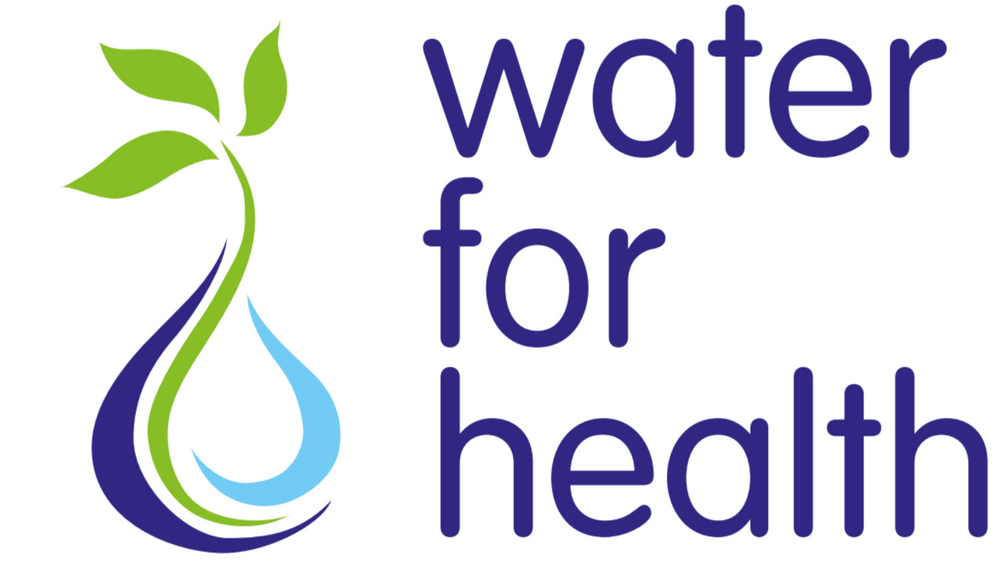


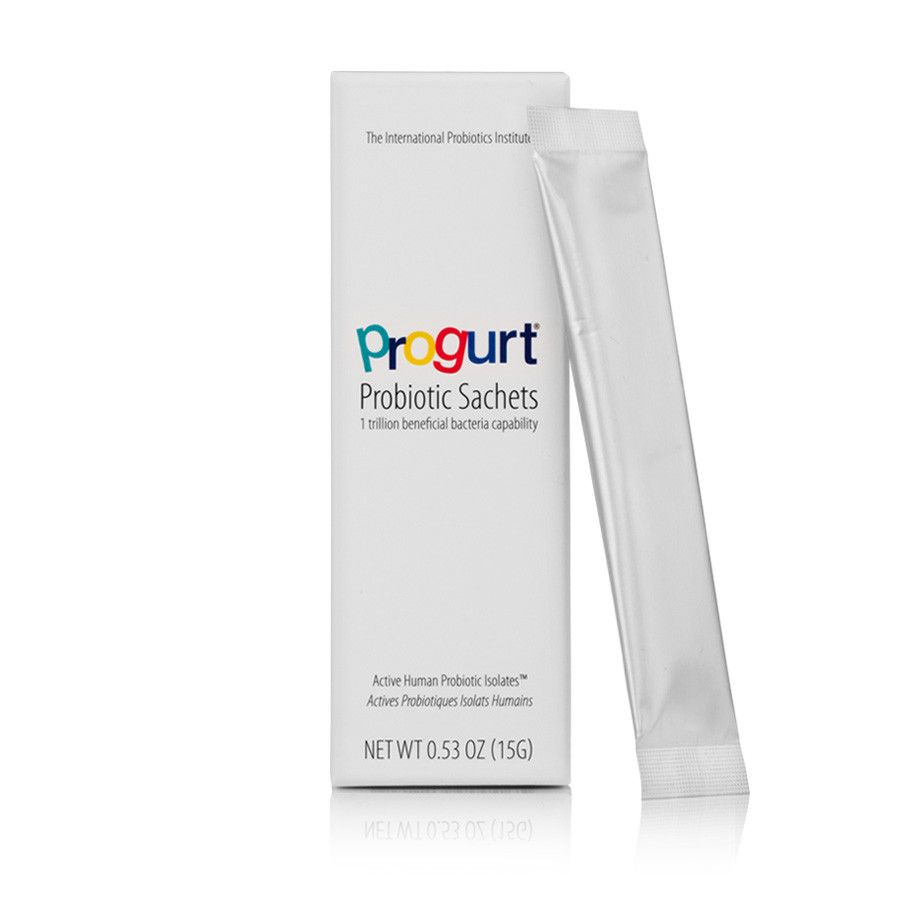


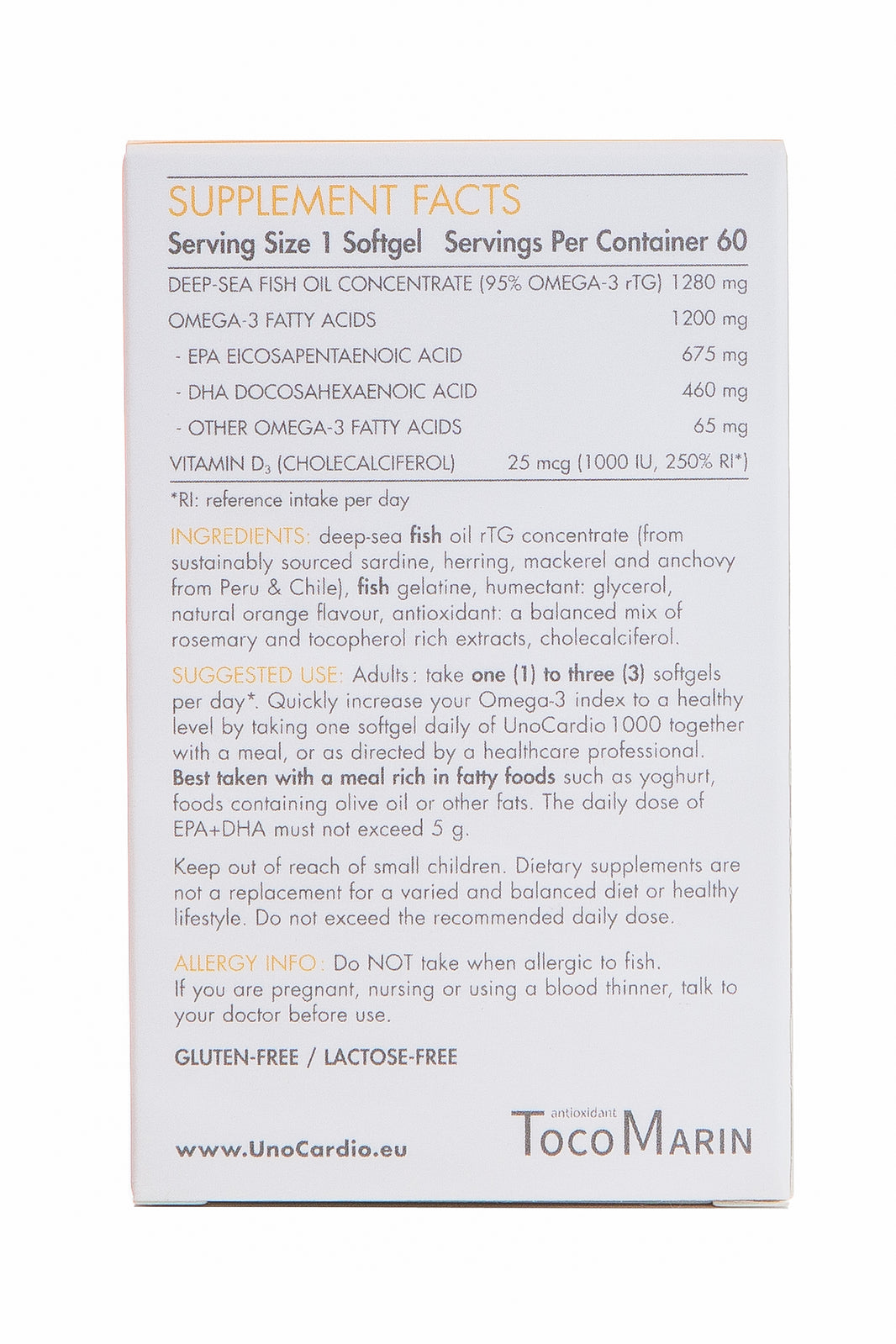
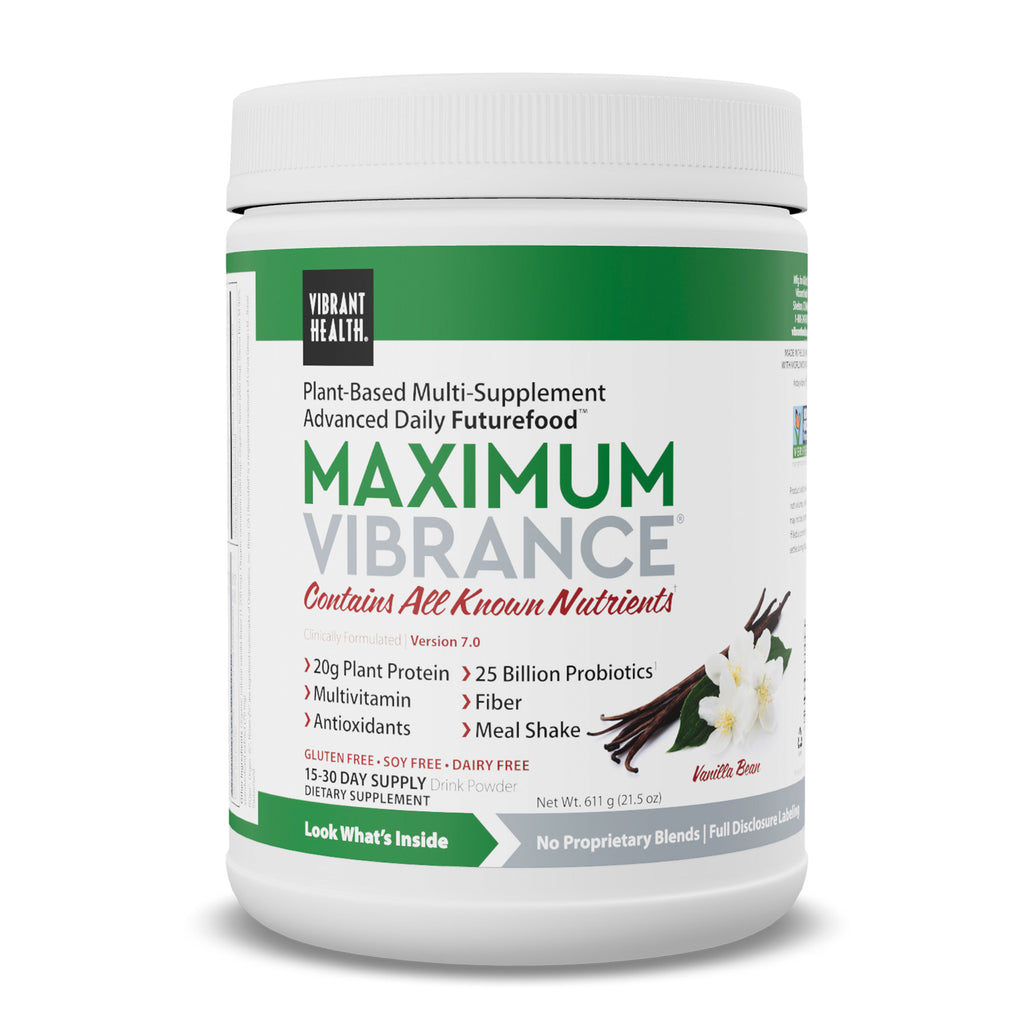


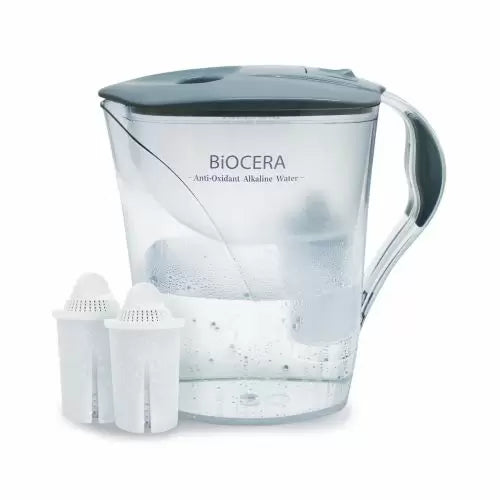



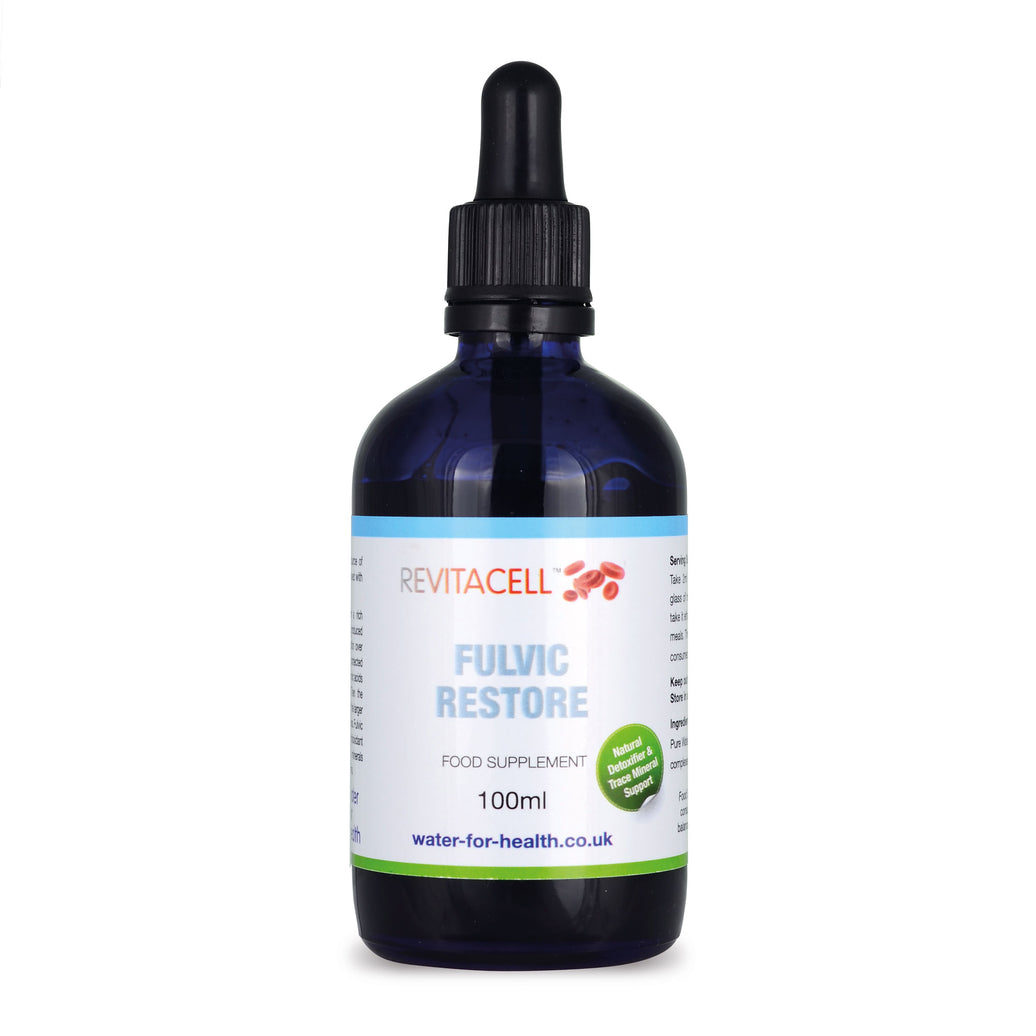
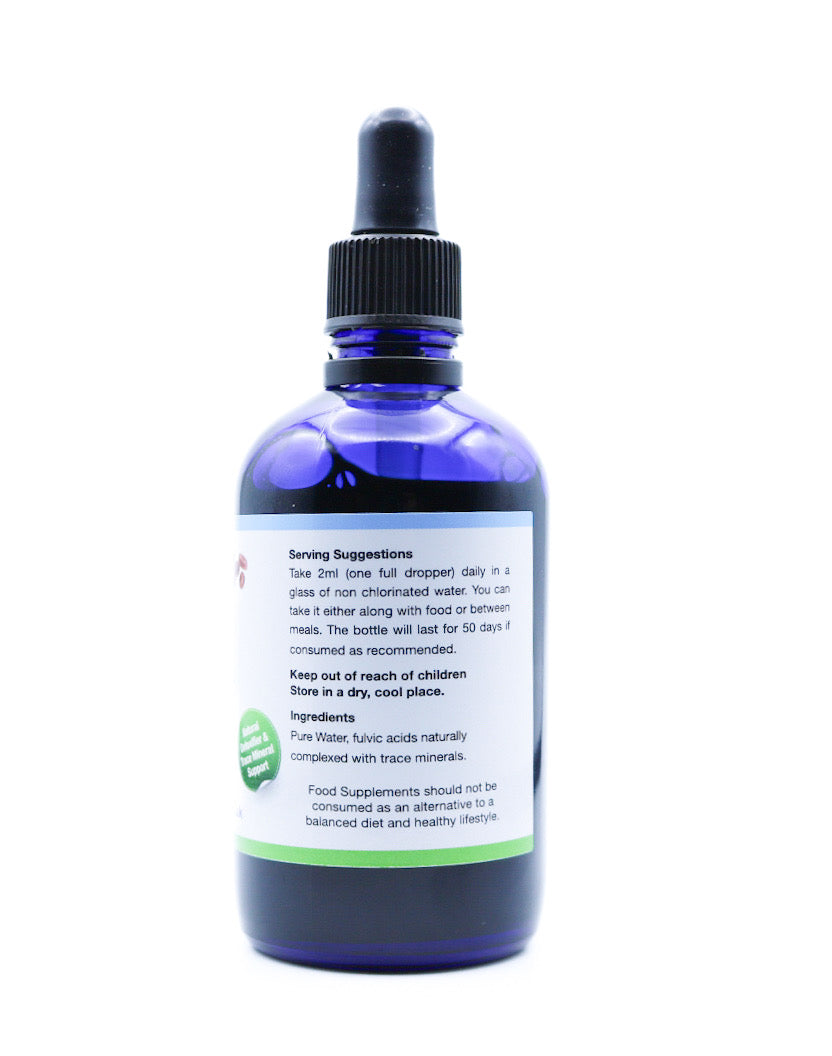
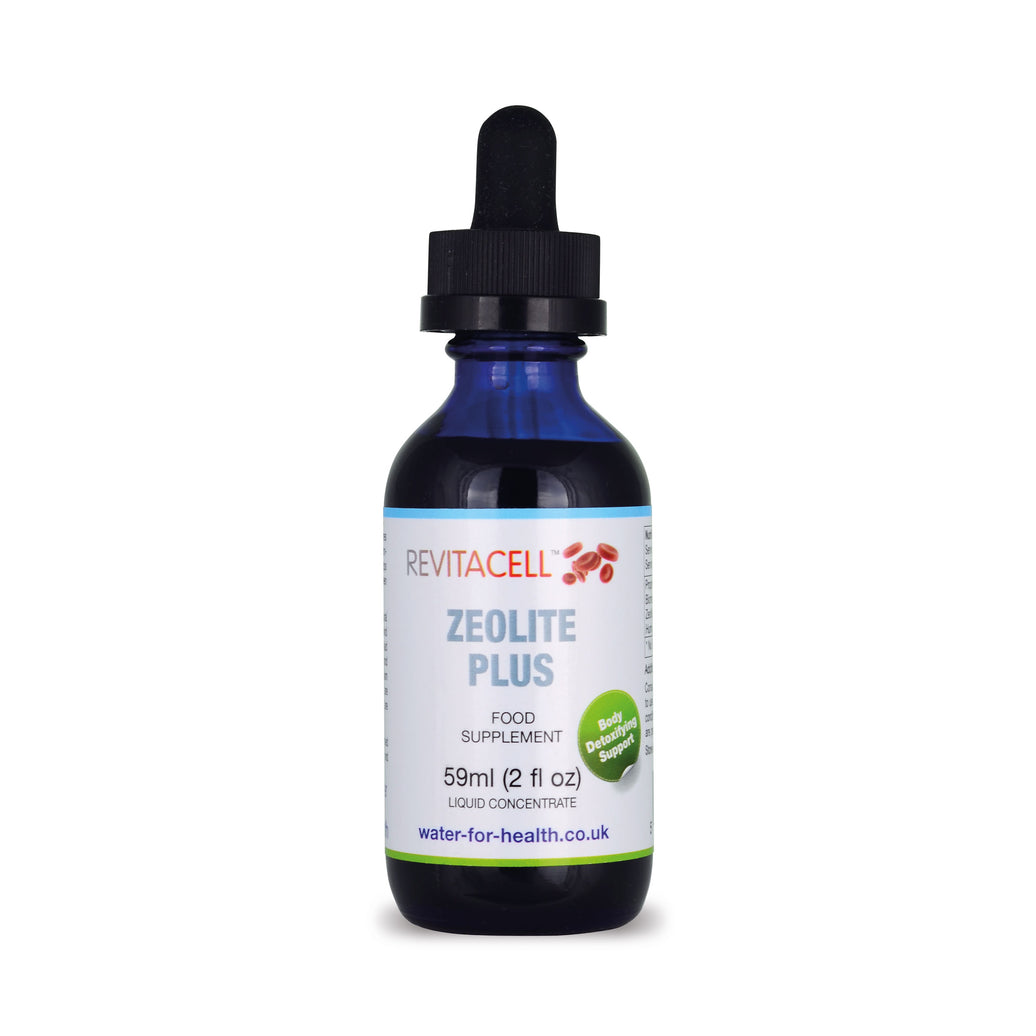
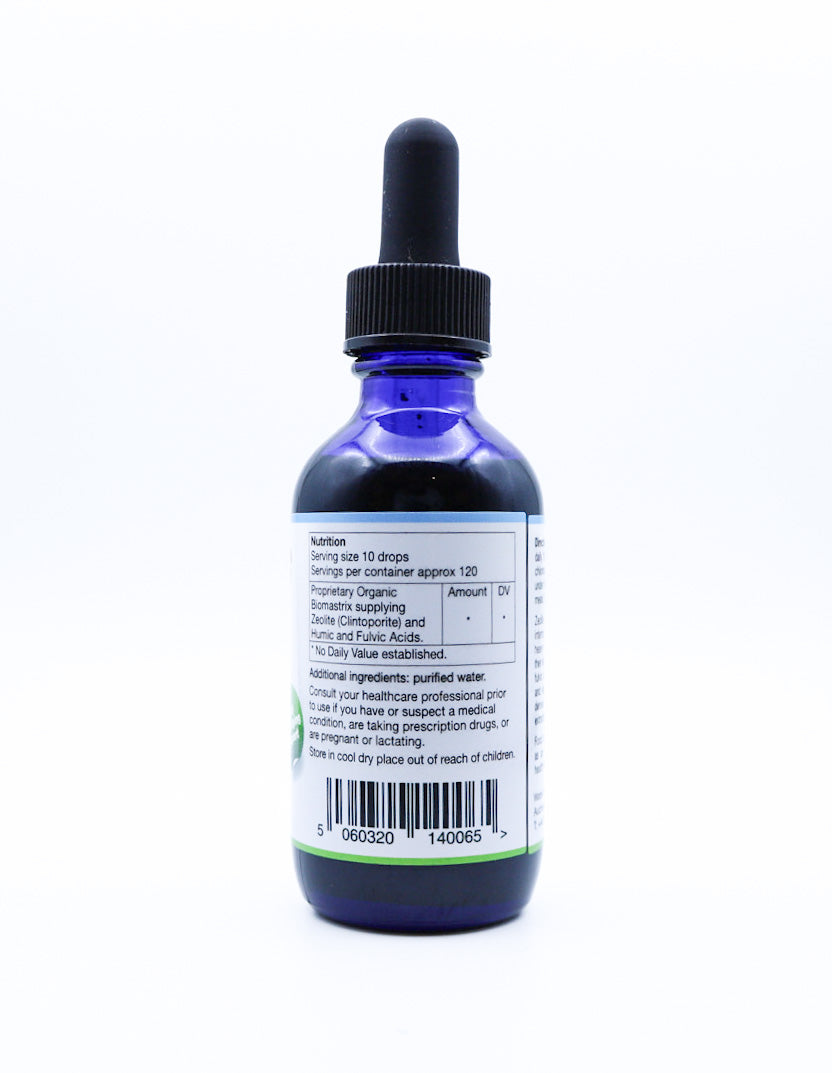

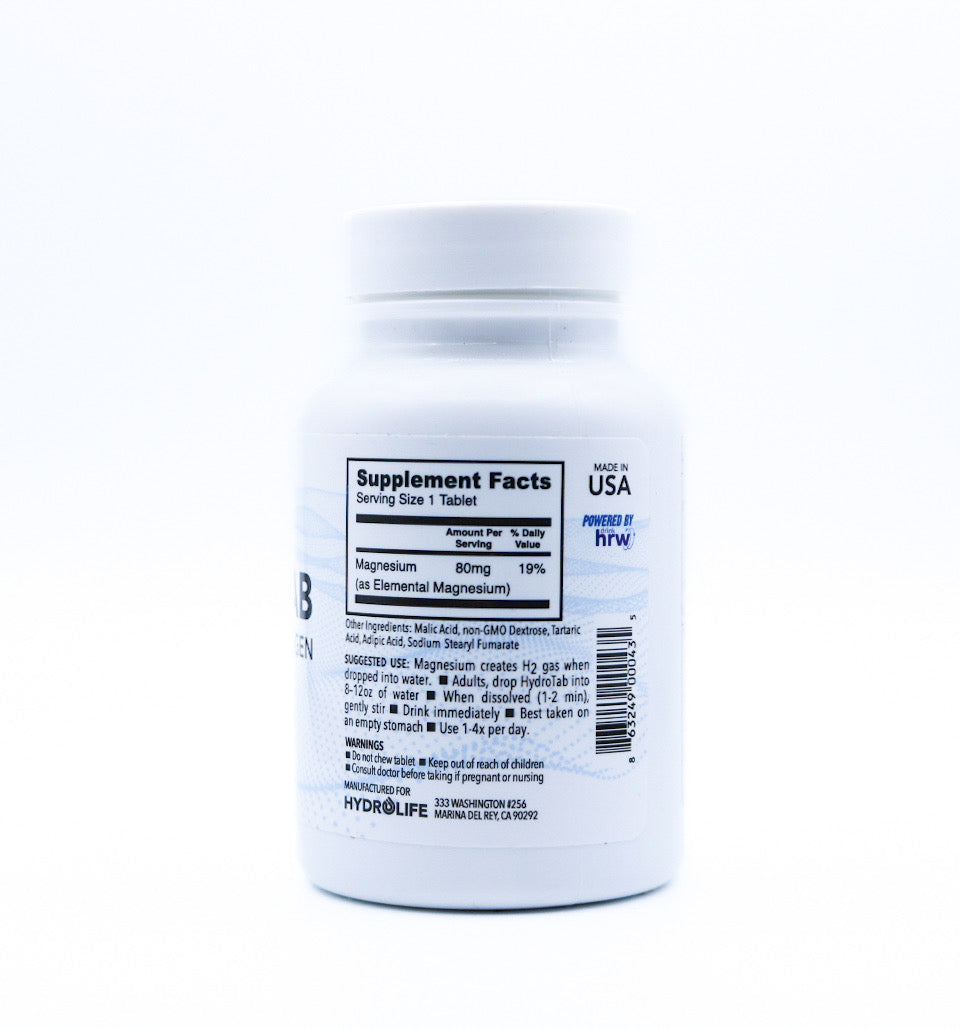








Leave a comment